
South Sudan plans to revive railway line to boost trade
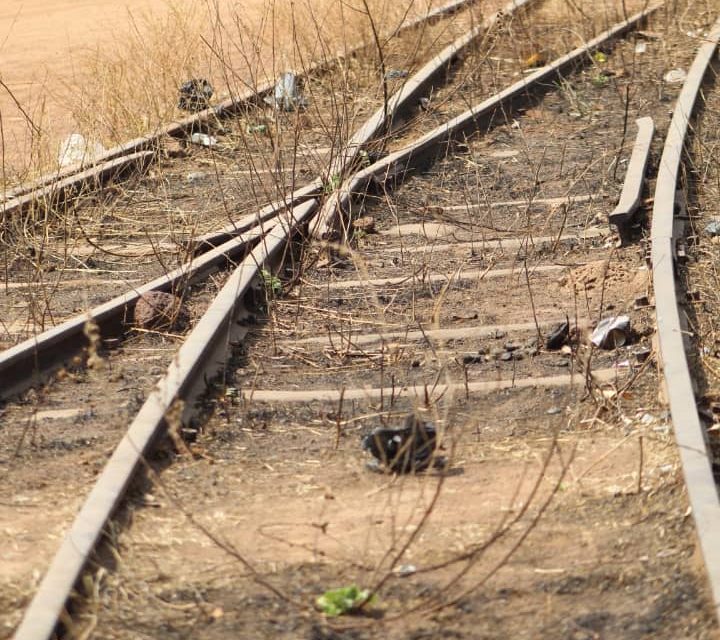
“This railway will reduce the cost of goods in the market and if the two governments (Sudan and South Sudan) can continue the line up to Juba and the border linking the East African zone, then South Sudan will benefit a lot from it.”
JUBA, SOUTH SUDAN:
South Sudan and Sudan plan to revive a railway line linking the two countries.
The Sudan railways were one of the longest networks in Africa and the Middle East. With a total length of 4,578 km of single mainlines and 1,323 km of branch lines with 1,067 mm. gauge.
South Sudan’s territory was never integrated into the Sudanese railway network. The only segment connecting Sudan’s Babanosa town to South Sudan arrives at Wau and is barely 248 Km, according to a report by the South Sudan Infrastructure Action Plan published in 2011. The railway was completed in 1962.
The segment was uprooted and remained closed during the civil war. Political and economic analysts say reviving the railway line would boost trade between the two countries.
Dr. Ahmed Morgan, an economics lecturer at the University of Juba said railway transport is the most efficient way of transporting large cargo and merchandise.
“South Sudan is a landlocked country and most of the imports come from East Africa through the Port of Mombasa but today if they revive the railway line which links Sudan, for instance from Port Sudan to South Sudan being a major importer, movement of goods will be a bit cheaper,” Morgan said.
Between 2007and 2009, the Sudanese Railway Corporation initiated a project to rehabilitate the segment between Babanosa and Wau and re-establish the link with Khartoum and Port Sudan. However, the project was never completed and the last 9 km on the Wau end of gauge have since remained non-operational. Morgan says it will even be more beneficial if the government of South Sudan Can construct the railway line to the Uganda and Kenya borders.
“This railway will also reduce the cost of goods in the market and if the two governments can continue the line up to Juba and the border linking the East African zone, then South Sudan will benefit a lot from it.” He added.
Reja Gladys, also an economist at the University of Juba says the railway would also help increase exports. South Sudan currently exports gum Arabic, honey, and charcoal to Sudan but most of these goods are smuggled through the Sudan – South Sudan border.
“Once the railway system is revived, goods will be exported legally and the Revenue authority will be able to tax these commodities and generate revenue for South Sudan,” Gladys said.
This railway line has been closed repeatedly in the past because of the over two-decades-long civil war between Sudan and South Sudan. It was first closed in 1991 but resumed operation in 2010 as former Sudanese President Omar Hassan Al Bashir reopened ibeforeto the 20beforeal elections in Sudan.
South Sudan’s 2011 secession from Sudan caused Sudan to close the railway line and since then the line remained closed and ramshackle. In January this year South Sudan’s Presidential Adviser, Costello Garang followed up on a memorandum of understanding signed last year between South Sudan and Sudan’s Al Basim Railway Company tasked with the assessment of the rehabilitation costs.
Edmond Yakani, executive director of the Community Organization for Progress Organization (CEPO) said reviving Sudan, South Sudan railway will improve lives in both countries and will improve the infrastructure within South Sudan.
“We need access to the external world and having a railway line from Sudan to South Sudan will improve mobility of commodities,” Yakani said.
“It will also improve the economy and in turn contribute to human growth and development in the country and improve citizen’s access to income,” Yakani added.
Since 1955 when the first civil war broke out between the duo, the political environment has been in turmoil until recently when a popular September 2019 Sudanese uprising ousted President Bashir and led to Sudan’s first civilian government led by Prime Former Minister Abdalla Amdong.
Since then, South Sudan’s relationship with Sudan has improved with both countries spearheading the negotiations of peace agreements between each other.
Yakani says for the railway line to have a long lifespan, both Sudan and South Sudan maintain a positive political will to maintain the railway line.
“Once you have such infrastructural development, then the next thing is to have a change of political attitudes. The governments of both countries need to take responsibility to work together with communities along the railway line to protect the railway line.” Yakani emphasized.
He said there’s a need to improve the security along this line to protect traders and their goods from possible criminal bandits along the border.
“These governments need to invest in the safety and protection of any business that may be using the railway line because the line is passing through a border that has a lot of community violence.” Yakani reiterated.
The transport system in South Sudan consists of four modes – road, rail, river, and air transport, the largest being road transport. South Sudan’s main access to the sea is through Mombasa, Kenya, and accounts for most of the traffic, Port Sudan, and Djibouti ports.

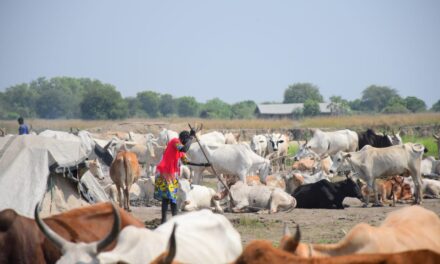

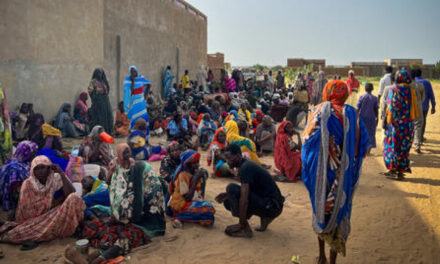
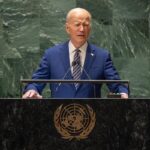
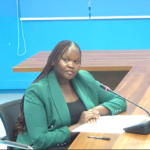
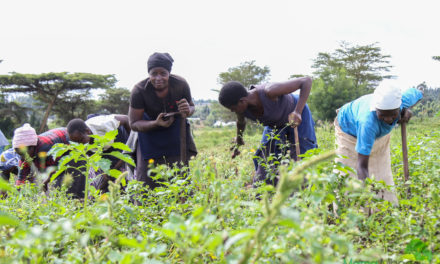
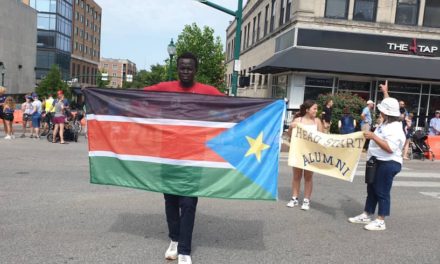


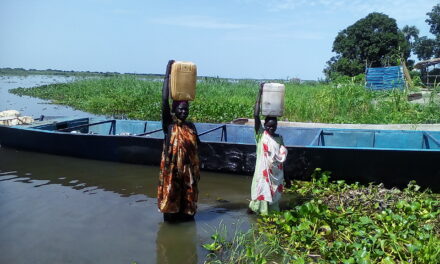


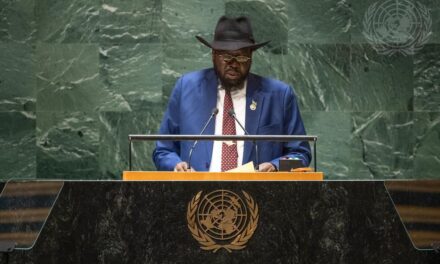
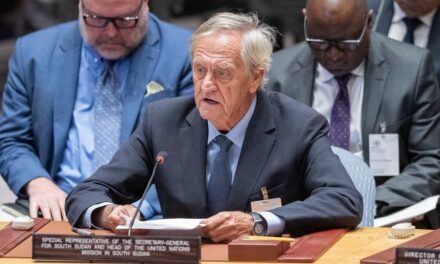

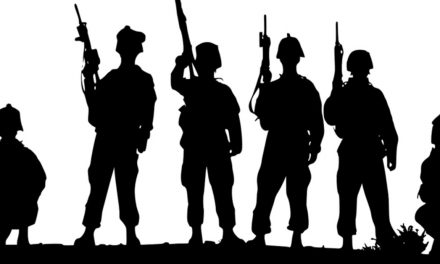
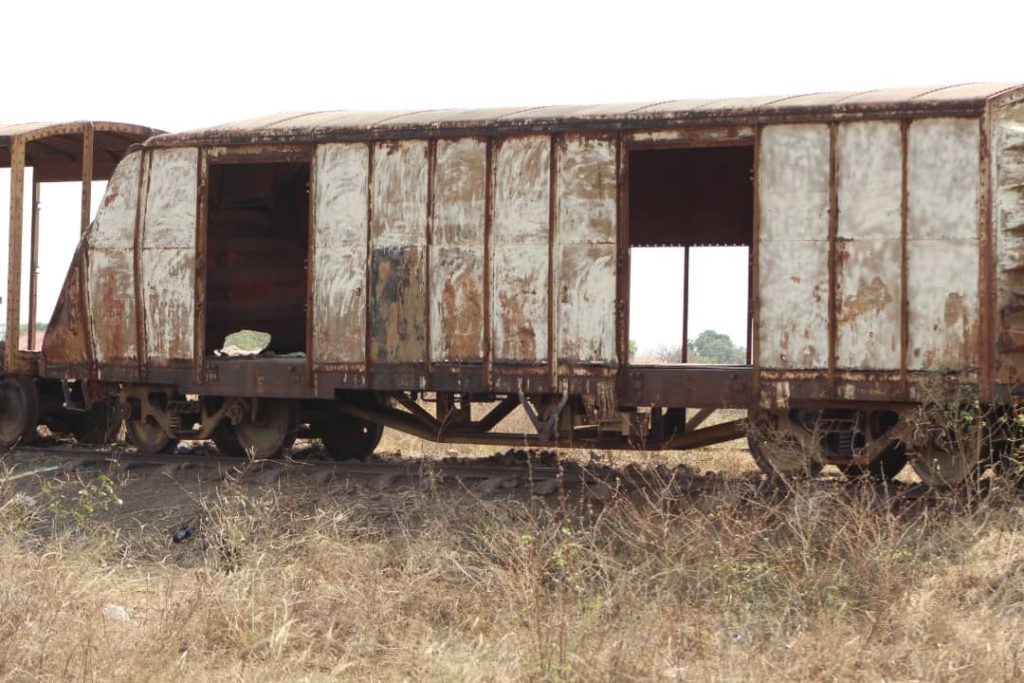
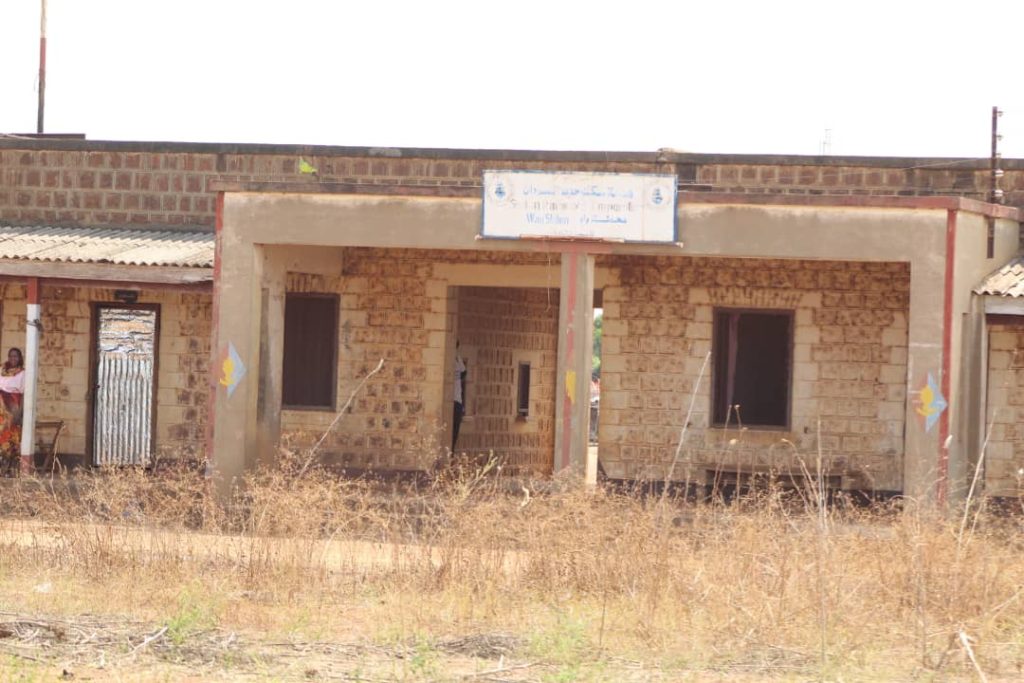
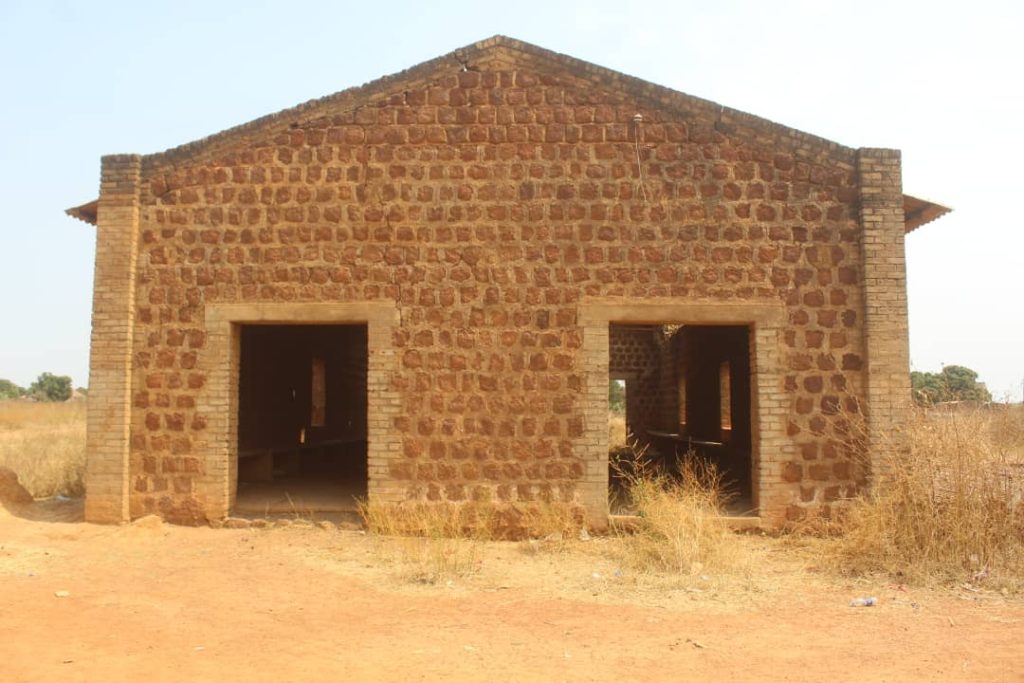
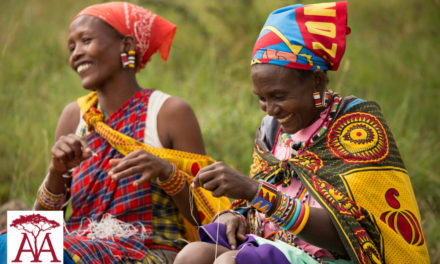
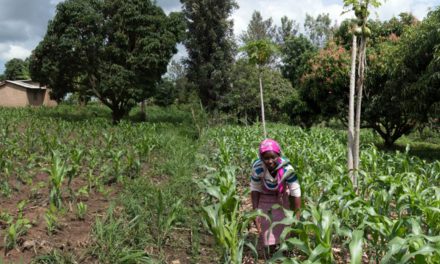


Recent Comments